Unknown facts about the cursed gem of all time: Kohinoor Diamond
Unknown facts about the cursed gem of all time: Kohinoor Diamond
Updated on July 19, 2022 15:10 PM by Dhinesh
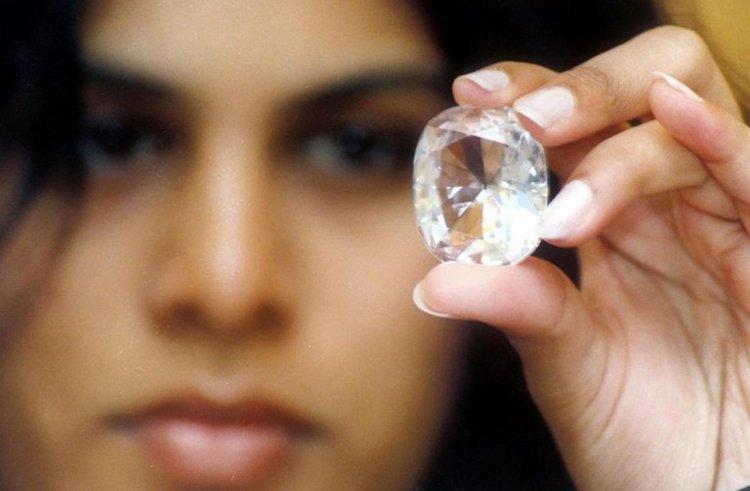
The lustrous diamond that shifted from the hands of many rulers now rests in the jewel house at the Tower of London, UK, by adding its majestic look to the Kohinoor Crown that was created in 1937 for the coronation of King George VI. Queen Elizabeth wore it for the ceremony.
Kohinoor diamond weighs 21.12 g, which is 105.602 carats, and when uncut, it is 793 carats making it the giant diamond in the world as the precious diamond is worth between 140 to 400 million euros.
During the 13th century, the Kohinoor diamond was mined in the Kollur mine during the Kakitiya dynasty; the present-day Telangana and Andhra Pradesh, a Southern two states of South India, rested with them until 1304.
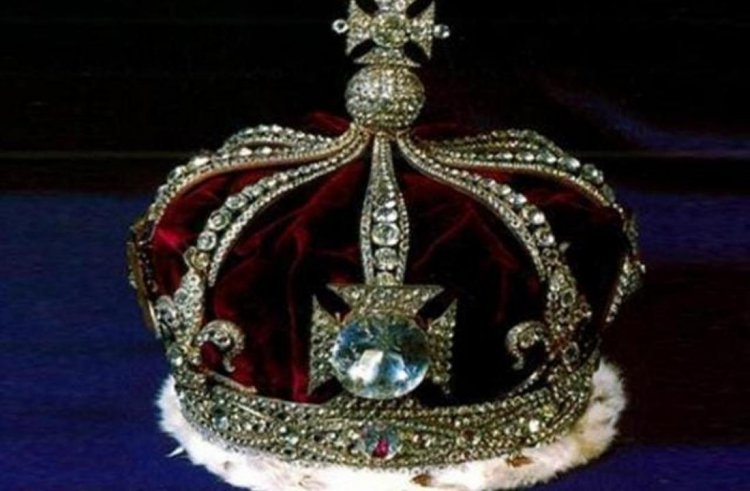
When Alauddin Khilji invaded South India at the beginning of the 14th century, the Kohinoor diamond was acquired by his Khiliji dynasty. It was later passed to the successor in the same dynasty. In 1330 the Kohinoor diamond was shifted to Samarkand and stayed for 300 years.
The Kohinoor diamond was studded as a part of the Mughal Peacock throne. Later the Kohinoor diamond was surrendered to Babur by Ibrahim Lodhi after he won the "Battle of Panipat," who went on to conquer Delhi and Agra. Babur's successor Shah Jahan placed the Kohinoor diamond on his ornate peacock throne Shah Jahan's son Aurangzeb protected the diamond very diligently and passed it to his heirs.
In 1739 when Aurangzeb's grandson Muhammad Shah was ruling the present Delhi, it was invaded by Nadir Shah, the Shah of Persia. He and his army looted all the jewelry from the royal Mughal treasury, including the famous Peacock Throne and Daria-i-Noor, the sister diamond of the Kohinoor.
Add Block
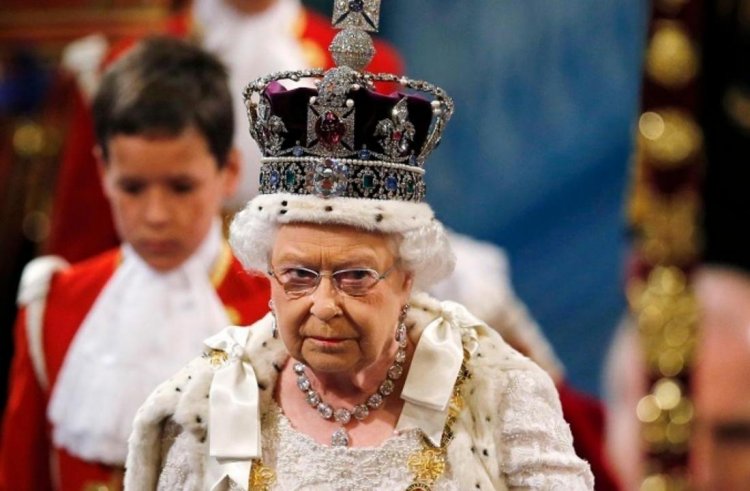
Muhammad Shah has the habit of carrying the Kohinoor diamond in the folds of his turban, a secret known only to a very few. Somehow Nadir Shah learned the secret and formulated a plan to deprive Muhammad Shah of his prized possession. For this, Nadir Shah ordered a grand feast, and during the dinner, Nadir shah proposed to exchange the turbans as a token of friendship.
Muhammad Shah, unable to refuse the gesture, exchanged the turbans. After the feast, Nadir Shah returned to his private chambers and untied the turban to find the diamond between the folds. Marveled by the brightness of the diamond, he called it Kohinoor, which means the "Mountain of Light" in Persian. Once the naming ceremony was over, steps were taken to know Kohinoor's actual value, but it went effortless.
Which Finance Minister of Nadir Shah's court summed up the importance of diamond in one sentence "If a mighty man throws four stones—one north, one south, one east, one west, and a fifth stone up in the air—and if his If the middle space is filled with gold, then all the diamonds will not be equal in value to the Kohinoor."
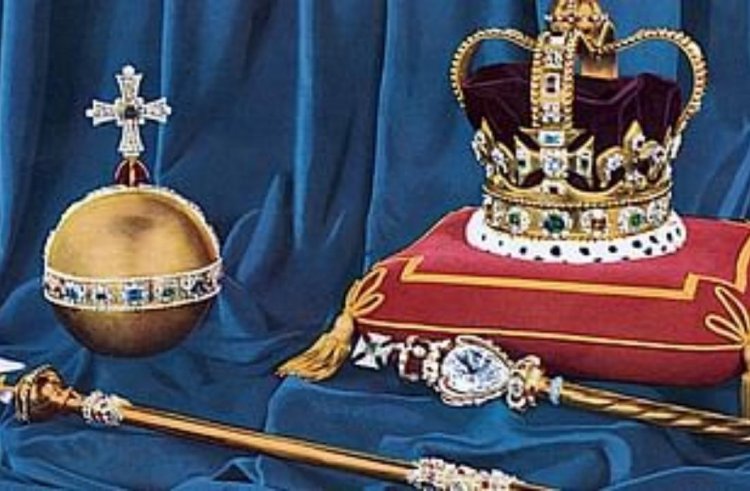
After the assassination of Nadir Shah by his military generals Ahmad Shah Durrani, the Kohinoor diamond reached the hands of his grandson in 1747. It was later handed over to Ahmas shah in 1751, who became "Emir of Afghanistan" and the founder of the Afghan Empire. Ahmad Shah Durrani's descendant Shah Shuja Durrani brought the Kohinoor diamond back to India in 1813, then was passed to Ranjit Singh, who helped Shah Shuja Durrani to regain the throne of Afghanistan.
Ranjit Singh was very interested to know the actual worth of Kohinoor, so he asked his jewelers to declare the real value of Kohinoor then; jewelers; after meticulous research, jewelers from Lahore stated the cost of Kohinoor was "far beyond all computation." This made Ranjit Singh so happy that he had something so valuable that its worth couldn't be calculated. Ranjit Singh decorated his turban with the Kohinoor diamond, and he used to wear that only for special occasions.
One fine day, Ranjit asked Shah Shuja Durrani and his wife about the worthiness of the Kohinoor diamond, for his wife replied."If a strong man were to throw four stones – one north, one south, one east, one west, and a fifth stone up into the air – and if the space between them were to be filled with gold, all would not equal the value of the diamond Koh-I-Noor. "This made Ranjit Singh worried and grow paranoid after knowing the value of the Kohinoor diamond as a reason he kept the Kohinoor diamond in a very high-security facility at Gobindgarh fort.
Add Block
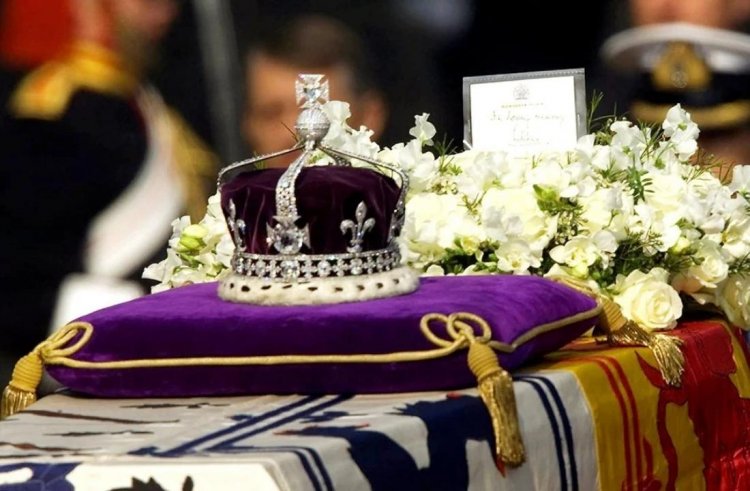
The Kohinoor diamond was shifted to Gobindgarh Fort on a camel, for which 39 identical camels followed the convoy. Ranjit Singh's finance minister Misr Beli knew that the Kohinoor was placed in the first camel. In 1839, when Ranjit Singh fell sick. One day before his death, he decided to donate the precious Kohinoor diamond to the Jagannath temple in Puri (currently in Odisha, India).
But his finance minister Beli Ram claimed the Kohinoor is the country's property and not Ranjit Singh's personal property, so it must be presented over to his successor Kharak Singh. And after his death, Beli Singh refused to send the Kohinoor to the Jagannath temple. In 1839, Ranjit Singh's son Kharak Singh was thrown into prison by Prime Minister Dhian Singh, and later, he died in prison. Prime Minister's brother Gulab Singh took Kohinoor's diamond under his possession until 1841.
It was handed over to Emperor Sher Singh as a negotiation deal for a ceasefire between Sher Singh and the deposed Maharani Chand Kaur by his brother Dhian Singh. On 15 September 1843, both Sher Singh and Prime Minister Dhian Singh were assassinated, which was planned by Ajit Singh Sandhawalia. The very next day, the killers were killed by the encounter team led by Dian's son Hira Singh. At 24, Hira Singh succeeded his father as Prime Minister and put a five-year-old infant Duleep Singh on the throne as emperor.
Add Block
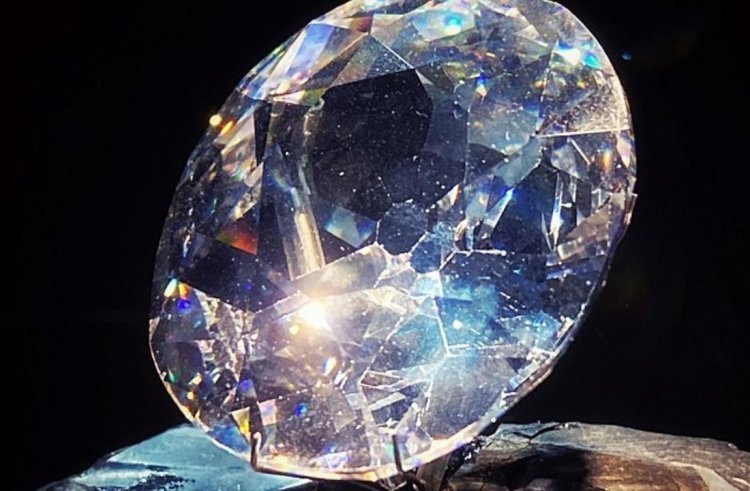
During the First Anglo-Sikh War, Gulab Singh led the Sikh Empire as its Prime Minister. Despite the defeat, he became the first Maharaja of Jammu and Kashmir under the Treaty of Amritsar on 16 March 1846. The Kohinoor finally rested with Duleep Singh in the court of Lahore. In 1849, British Army conquered Punjab and confiscated the treasure.
The Kohinoor was then taken by the British East India Company at Lahore. The Kohinoor diamond was shipped and handed over to Queen Victoria in July 1850. When Nadir Shah heard about the diamond, he decided that he wanted to take possession of the Kohinoor diamond. The Kohinoor diamond was displayed at the Crystal Palace a year later after it was handed over to Queen Victoria.
But the Kohinoor diamond was not as lustrous as other cut gems of that era, and there was a general disappointment about the diamond among the British Queen and her officials. In 1852 the Queen decided to reshape the Kohinoor diamond to make it more lustrous and attractive; The Queen ordered her officers to take the Kohinoor diamond to a Dutch jeweler, Mr. Cantor, who cut it to 108.93 carats. Gave.
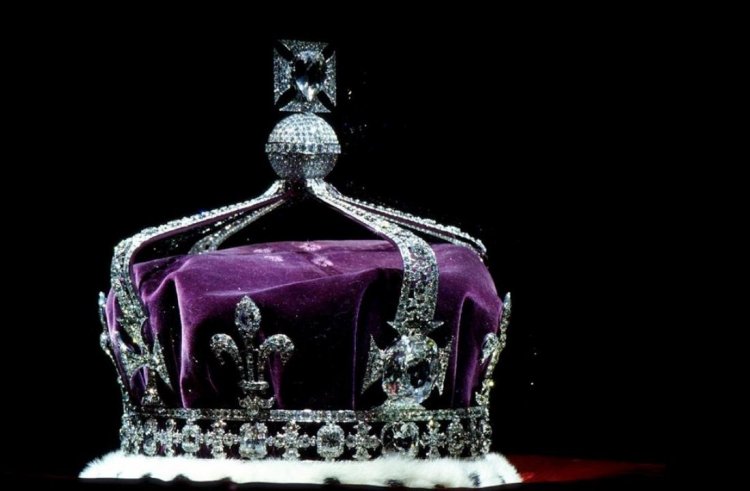
Queen Victoria later occasionally wore the diamond. He had written in his will that the Kohinoor should be worn only by a female queen. If the head of state were a man, his wife would have to carry the diamond. Kohinoor became part of the Crown Jewels after the death of Queen Victoria.
Based on Sanskrit scriptures, it is claimed that in 1336 men wore curses just by wearing it and got to see bloodshed, so either women or a God alone could care without being punished, so it went to Queen Victoria. Since then, diamonds have only been worn by women, including Queen Alexandra of Denmark, Queen Mary of Teck, and the late Queen Elizabeth, The Queen Mother, wife of King George VI.
Hindu folklore warned that “He who owns this diamond will own the world, but will also know all its misfortunes. Only God or woman can wear it with impunity.”The diamond was passed from one ruling family to another ruling family in India, Afghanistan, Iran, and Pakistan after much war and bloodshed came finally of the Second Anglo-Sikh War and the annexation of the Kingdom of Punjab, its Maharaj’s assets taken over by East India company and ended up with Queen Victoria.
Related: Queen Elizabeth Makes Public Appearance amid Prince Charles Controversy





